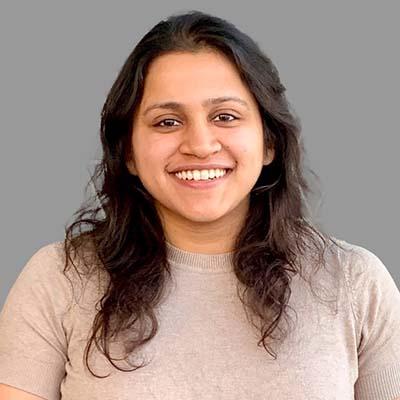
Key Findings
Increased availability and affordability of domestic natural gas has led to a surge in its use by small-to-medium scale industries, such as tea plantations, manufacturing, liquefied petroleum gas (LPG) shrinkage and sponge iron.
The limited availability of domestic natural gas puts a question mark on the viability of using domestic gas in the long term by small-to-medium scale industries.
There are various clean and efficient solutions available, such as increasing energy efficiency and enhancing the use of renewable energy, to cut the increasing dependence on natural gas.
Introduction
Natural gas consumption in India is recovering from the post-COVID-19 slump, primarily driven by the fertiliser, city gas distribution (CGD) and industrial sectors. Even though the power sector has shown an incremental increase in gas use for peak power demand in the last two fiscal years, it has not reached pre-pandemic levels yet. Small- to medium-scale industries, including tea plantation, manufacturing, liquefied petroleum gas (LPG) shrinkage and sponge iron, are driving consumption growth.
Table 1 shows the change in overall natural gas consumption per sector for the last fiscal in comparison to fiscal year (FY) 2019-20.

The industrial sector, including refinery, petrochemicals and other industries, witnessed a 37% increase in gas consumption in FY2023-24 from the pre-pandemic levels of FY2019-20. However, gas consumption by other industries – excluding refinery and petrochemicals – surged 136% over the period. Gas consumption by other industries shot up from around 7,000 million metric standard cubic meters (MMSCM) in FY2019-20 to over 16,000MMSCM in FY2023-24, accounting for almost two-thirds of the total gas consumption by the industrial sector.















